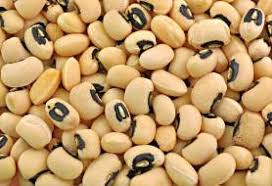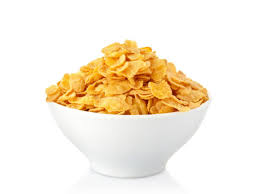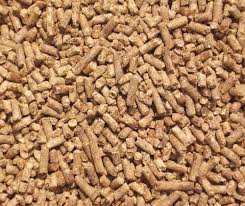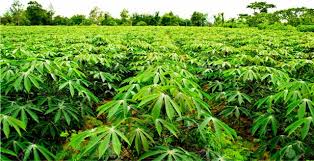Cowpea (Beans) Supply To Local Industries In Nigeria; The Feasibility Report.

In the 1960s, the agricultural sector was the most important in terms of contributions to domestic production, employment and foreign exchange earnings. The situation remained almost the same three decades later with the exception that it is no longer the principal foreign exchange earner, a role now being played by oil.
The sector remained stagnant during the oil boom decade of the 1970s, and this accounted largely for the declining share of its contributions. The trend in the share of agriculture in the GDP shows a substantial variation and long-term decline from 60% in the early 1960s through 48.8% in the 1970s and 22.2% in the 1980s. Unstable and often inappropriate economic policies (of pricing, trade and exchange rate), the relative neglect of the sector and the negative impact of oil boom were also important factors responsible for the decline in its contributions.
On its diversity, Nigerian agriculture features tree and food crops, forestry, livestock and fisheries. In 1993 at 1984 constant factor cost, crops (the major source of food) accounted for about 30% of the Gross Domestic Products (GDP), livestock about 5%, forestry and wildlife about 1.3% and fisheries accounted 1.2%.
One of the food crops grown in Nigeria is cowpea. Cowpea is an important source of protein in both urban and rural Nigeria; not surprising, therefore, is also the fact that Nigeria is also the largest producer and consumer of cowpea in all of Africa. More than 8 million hectares of cowpea are grown in West and Central Africa and Foraminifera Market Research seeks to expose the investment opportunity in the supply of the product to local industries in Nigeria through feasibility report.
As one of the major staple food in Nigeria, cowpeas play a key role in the agriculture and food supply of Nigeria. The major consumption center for cowpeas is the densely populated area of southern Nigeria where they are increasingly been processed and used in the production of bean flour.
The scenario above presents an opportunity for savvy investor to take advantage of by purchasing the product from up North and supplying same to industries in the south.
The return on investment on the trading of cowpea {beans} is estimated between 10%- 15%.
Table of Contents
1. Introduction 1.1 Executive Summary 1.2 Business Opportunity 1.3 Country Background 2. Technical Analysis 2.1 The Project 2.2 Product Description 2.3 Product Location and Distribution 2.4 Legal Considerations 3. Opportunity 3.1 Market Overview 3.2 Demand and Supply 3.3 Customer Profile 3.4 Primary Competition 4. Socio- Economic and SWOT Analysis of the Project 4.1.1 Generation of Employment 4.1.2 Source of Government Revenue 4.1.3 Foreign Exchange Generation 4.2 SWOT Analysis 5. Risk Identification and Mitigation Strategy 5.2 Critical Success Factor 6. Financial Analysis
Project Specification:
Additional Info
Get this Report
Direct bank transfer
To order the report, Please do pay the sum of ₦5,000 into
Account Name : Foraminifera Market Research Ltd
Account Number : 274 20 569 37
Account Name : Foraminifera Market Research Ltd
Account Number : 101 76 603 95
Account Name : Foraminifera Ventures
Account Number : 011 66 066 32
Make your payment directly into our bank account. Please use your Order ID as the payment reference. Your order will not be shipped until the funds have cleared in our account.
Instructions
After payment call us on 01 -29 52 413 / 08033782777 or email us at foraminiferamarketresearch@yahoo.com with the payment details. After payment confirmation, the soft copy of the report would be sent to you within 24 hours.



